Katy Osborn
By Susan Messer
The Nowhere Collective is a circular economy marketplace for handmade goods. The vision is upcycling—or, in the words of founder Katy Osborn, “reimagining materials that already exist in our communities for a new joyful purpose.” One example: inviting people to bring in their end-of-life textiles and clothing, cut them into strips, and weave the “rubbish ribbons” into tapestries and rugs on a large four-sided loom.
Katy Osborn at the April 2024 Trashy Earth Market, where they premiered the LOOM 360
Because I always want to learn more about circular economy--and of course, new, joyful purposes--I contacted Katy and had the pleasure of speaking with her a few weeks ago.
How did you get focused on circularity?
I moved to Chicago in 2007. To meet new people, I joined the Chicago Conservation Corps, which met every Saturday. And there, I learned about hyperlocal solutions and climate action. Soon after, I began, along with my sisters, working with small businesses on their branding, design, and videos. Then, in 2018, I was wrapping up that project but still wanted to pursue my interest in entrepreneurship, and I wanted to focus on circularity and solving problems in the city. That’s when I launched Nowhere Collective.
I joined the Circular Economy Leaders Network, piloted by Plant Chicago. This was a network of local small businesses that wanted to incorporate sustainable practices. There, I met a handful of business owners, and we looked for ways to support each other’s interests. The circular economy is a closed loop of processes and materials that never become waste, which I like, but I especially like to focus on the people who make this happen. Creative people are the ones who are going to solve the problem of the millions of tons of trash that otherwise go nowhere.
How did you make the leap and take the risk to do what you’re doing?
I never felt I fit into the corporate world. I tried it but didn’t find it fulfilling. As soon as I jumped into the small-business community, getting to know business owners, the thought of going back to a corporate job gave me hives. I have a lot of support from my spouse, and I’m mostly driven by high anxiety about the climate crisis. I have a young daughter, so I think about what future I’m going to hand off to her. I felt I had no choice but to take the leap. In addition to my environmental anxiety, I wanted to address three issues: the trash crisis, the local small-business crisis, and the human-connection crisis we are now in.
How have you created all the networks and communities of creative upcyclers featured on your website?
Handmade wooden objects by Alleyshack Woodshop, transformed from furniture found in alleys.
Social media makes it easy to find people and to have them find me. I used to go to a lot of in-person networking events, which I miss a little bit, but the pandemic shifted us all so much to virtual ways of meeting and finding each other. Even though it's online, it’s still networking. And it’s exciting to meet people all over the world, but for me, it always comes back to my local community. My favorite thing to do is to meet and gather people who care about making the world a better place.
You have a place on your website where people can request particular and perhaps peculiar materials (e.g., champagne corks, galvanized pipe fittings, bread tabs). There, I saw that you are looking for bubble wands and embroidery hoops. Why?
My creative process is a little backwards. I’m first attracted to the materials. I ask, Why are we making kids’ toys, meant to hold liquid, that can’t stand up, and that get thrown away after one use? But the colors of the bubble wands are so pretty, and the shapes are interesting, so I have to figure out what to do with them. If I can get a lot of them, I can turn them into something. And using the embroidery hoops, for example, maybe I could make a chandelier!
What advice do you have for someone who has a big pile of stuff in their closet or basement and doesn’t know where to start in sorting through and distributing?
LOOM 360 on tour in Detroit, Michigan, in 2024
Probably this person’s immediate thought is to take it to the thrift store and donate it. But we really don’t know what among those donations ends up in the dump and what someone buys. I call this a wish donation—that is, “I hope someone will want this.” The process of sorting and distributing and finding homes and uses for these things involves patience. I usually start with my local Buy Nothing group. I try to post stuff in batches--three or four things at a time. I look for neighborhood organizations and mutual aid groups to ask “Does anyone else want this?” No one might want what you have at the moment, but maybe the right person will come up in a different network. Reduce Waste Chicago hosts regular pop ups, and they have a vast network for recycling, reuse, and repair. Cradles to Crayons is another great organization. They collect and donate clothing and other goods to children who need them. And they do their homework about material use and recycling.
Parting words?
We don’t have any perfect solutions to reducing waste, and there’s too much stuff being produced to creatively reuse everything that exists. That’s why we, as the public, need better policies that will help us turn off the spigot upstream. But we need to work from the top down and bottom up—that’s you and me. And while we’re in this difficult situation, we might as well have fun finding solutions. Creative people will make the best of any situation.




